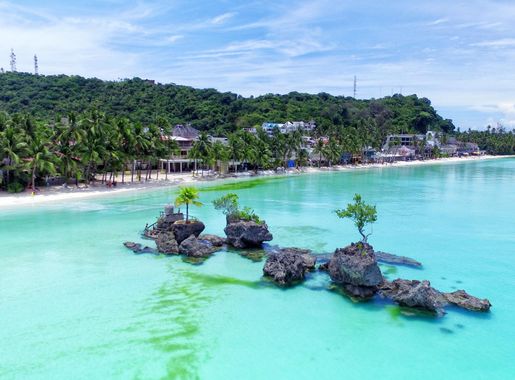
Boracay: The Jewel of the Philippines
Discover Boracay: A tropical paradise in the Philippines known for its white-sand beaches, vibrant nightlife, water sports, and rich cultural experiences.
Boracay is a small island in the Philippines known for its stunning white-sand beaches, vibrant nightlife, and crystal-clear waters. Nestled in the Western Visayas region, this tropical paradise has become a top destination for beach lovers and adventure seekers alike. The island's main attraction is White Beach, a 4-kilometer stretch of powdery sand lined with palm trees, resorts, and beachfront bars and restaurants. It's the perfect spot to relax, sunbathe, and enjoy breathtaking sunsets. While White Beach is the star, Boracay offers so much more. Bulabog Beach, located on the eastern side of the island, is a haven for water sports enthusiasts. Here, you can try kitesurfing, windsurfing, and paddleboarding, all while enjoying the strong breezes and exhilarating waves. For those looking to explore the underwater world, Boracay boasts some incredible dive sites. Yapak and Crocodile Island are just a couple of the locations where you can witness vibrant coral reefs and diverse marine life. Beyond the beaches, Boracay has a rich cultural and culinary scene. D'Mall is the island's shopping and dining hub, offering a wide range of restaurants, shops, and local markets. Indulge in fresh seafood, traditional Filipino dishes, and international cuisine. The island also hosts numerous festivals throughout the year, such as the Ati-Atihan Festival, where you can experience local traditions, music, and dance. Despite its popularity, Boracay has managed to maintain its natural charm and beauty. Recent efforts to preserve the environment have led to stricter regulations and cleaner beaches, making it a more sustainable destination. Whether you're looking to relax, adventure, or immerse yourself in the local culture, Boracay has something for everyone.
Local tips in Boracay
- Visit during the dry season (November to April) for the best weather.
- Book accommodations in advance, especially during peak seasons.
- Try the local seafood and traditional Filipino dishes at D'Mall.
- Respect the environment and follow local regulations to keep the island clean.
- Experience the nightlife at Station 2, but be mindful of your belongings.
- Take a boat tour to explore nearby islands and hidden beaches.
- Bring cash, as some places may not accept credit cards.
Neighbourhoods in Boracay
Boracay: The Jewel of the Philippines
Boracay is a small island in the Philippines known for its stunning white-sand beaches, vibrant nightlife, and crystal-clear waters. Nestled in the Western Visayas region, this tropical paradise has become a top destination for beach lovers and adventure seekers alike. The island's main attraction is White Beach, a 4-kilometer stretch of powdery sand lined with palm trees, resorts, and beachfront bars and restaurants. It's the perfect spot to relax, sunbathe, and enjoy breathtaking sunsets. While White Beach is the star, Boracay offers so much more. Bulabog Beach, located on the eastern side of the island, is a haven for water sports enthusiasts. Here, you can try kitesurfing, windsurfing, and paddleboarding, all while enjoying the strong breezes and exhilarating waves. For those looking to explore the underwater world, Boracay boasts some incredible dive sites. Yapak and Crocodile Island are just a couple of the locations where you can witness vibrant coral reefs and diverse marine life. Beyond the beaches, Boracay has a rich cultural and culinary scene. D'Mall is the island's shopping and dining hub, offering a wide range of restaurants, shops, and local markets. Indulge in fresh seafood, traditional Filipino dishes, and international cuisine. The island also hosts numerous festivals throughout the year, such as the Ati-Atihan Festival, where you can experience local traditions, music, and dance. Despite its popularity, Boracay has managed to maintain its natural charm and beauty. Recent efforts to preserve the environment have led to stricter regulations and cleaner beaches, making it a more sustainable destination. Whether you're looking to relax, adventure, or immerse yourself in the local culture, Boracay has something for everyone.
When is the best time to go to Boracay?
Iconic landmarks you can’t miss
Diniwid Beach
Discover the tranquil beauty of Diniwid Beach in Aklan, a hidden gem perfect for relaxation, swimming, and stunning sunset views.
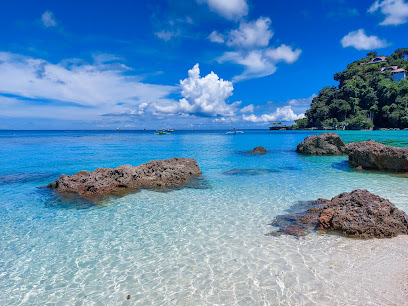
Kasbar Boracay
Savor the vibrant flavors of Moroccan cuisine at Kasbar Boracay, where exotic dishes and stunning beach views create an unforgettable dining experience.
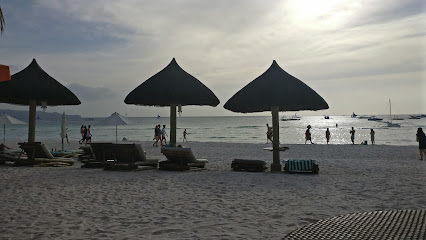
Nigi Nigi Nu Noos Station 2 Boracay
Experience the vibrant charm of Boracay at Nigi Nigi Nu Noos Station 2, your gateway to relaxation, adventure, and local culture on White Beach.
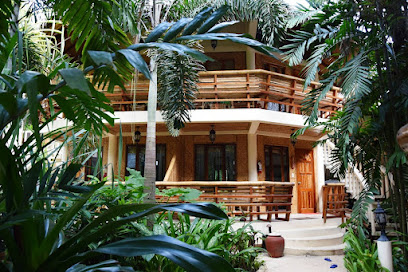
Boracay Backpackers
Discover the vibrant spirit of Boracay at Boracay Backpackers, the ultimate haven for budget travelers seeking adventure and relaxation.
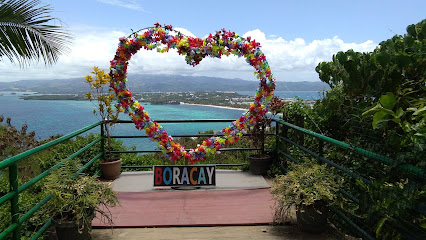
Willy's Rock
Discover the breathtaking beauty of Willy's Rock, a scenic spot in Aklan, Philippines, perfect for relaxation and unforgettable photo opportunities.
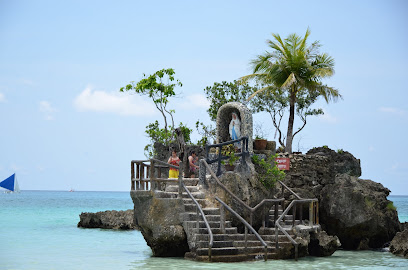
Crystal Cove Island Resort
Experience the ultimate tropical getaway at Crystal Cove Island Resort in Aklan, Philippines – where relaxation meets adventure in paradise.
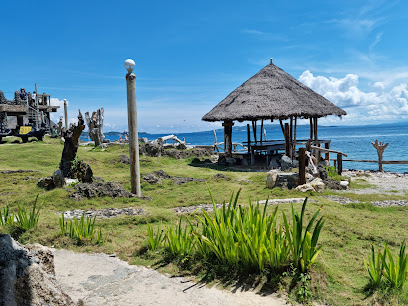
Summer Place
Experience the vibrant nightlife and unique atmosphere of Summer Place in Boracay, a perfect spot for food, drinks, and fun.
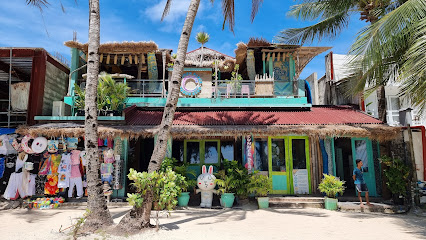
Boracay Island
Discover the enchanting beauty of Boracay Island, a tropical paradise known for its stunning beaches, vibrant nightlife, and unforgettable experiences.
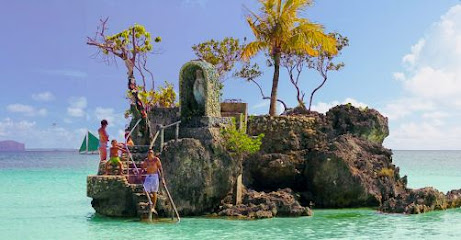
D'Mall Boracay
Explore D'Mall Boracay, a vibrant shopping and dining destination filled with local boutiques and exquisite cuisine in the heart of the island paradise.
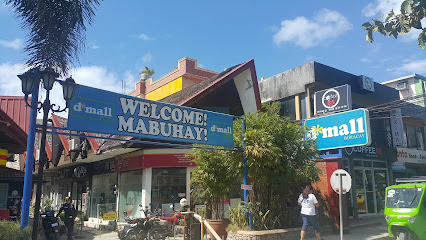
The District Boracay
Discover the ultimate beachfront escape at The District Boracay, where luxury and natural beauty unite for an unforgettable tropical experience.
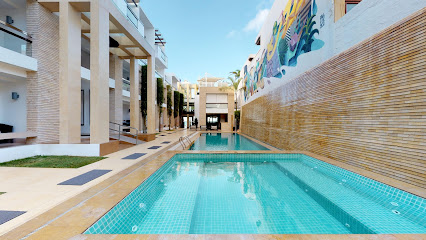
The Tides Hotel Boracay
Experience luxury at The Tides Hotel Boracay, a premier resort hotel perfectly situated for beach lovers and adventurers alike.
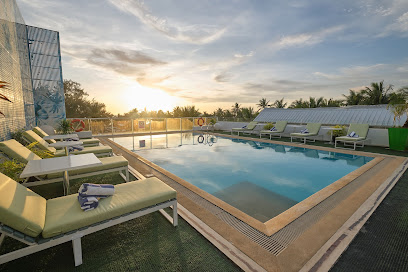
Sea Wind Boracay
Discover the ultimate beachfront retreat at Sea Wind Boracay, where relaxation meets adventure in the heart of paradise.

Los Indios Bravos Boracay
Experience the vibrant flavors of the Philippines at Los Indios Bravos Boracay, where gourmet dining meets stunning beachfront views.
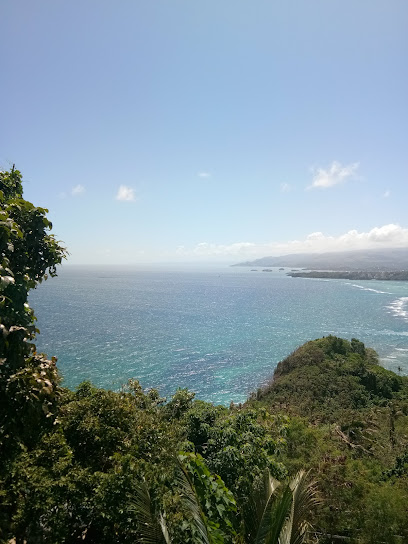
SteamPunk Burgers Boracay
Experience the unique charm of SteamPunk Burgers Boracay, where delicious flavors meet a whimsical ambiance in the heart of D'Mall Plaza.
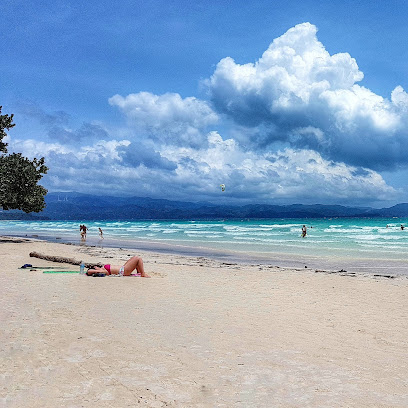
Bulabog Beach
Discover the beauty and excitement of Bulabog Beach, Boracay's ultimate destination for windsurfing, relaxation, and stunning sunsets.
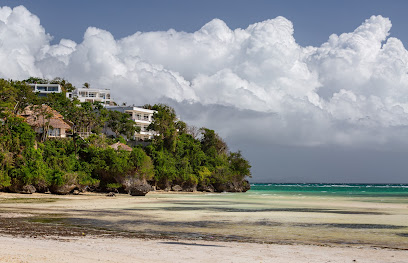
Unmissable attractions to see
White Beach
Discover the enchanting beauty of White Beach, Boracay, where sun-soaked shores meet vibrant nightlife and endless adventure.
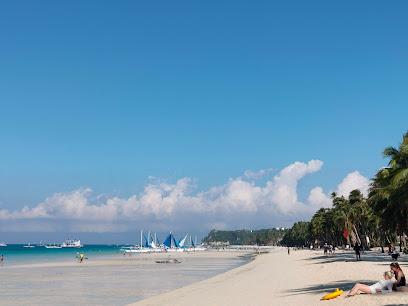
Puka Shell Beach
Discover the serene beauty of Puka Shell Beach in Malay, a tropical haven with stunning views, soft sands, and vibrant local culture.
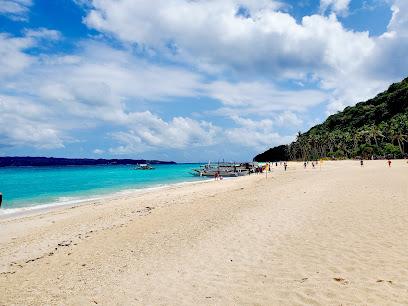
Willy's Rock
Discover the stunning natural beauty of Willy's Rock in Boracay, a must-visit scenic spot for unforgettable views and vibrant island life.
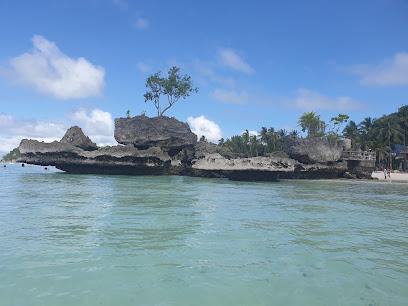
Crystal Cove Island Resort
Experience the tranquility and beauty of Crystal Cove Island Resort in Aklan, a paradise for relaxation and adventure seekers alike.

Puka Beach
Discover the unspoiled beauty of Puka Beach, a tranquil escape in Aklan, Philippines, featuring pristine sands and crystal-clear waters perfect for relaxation.
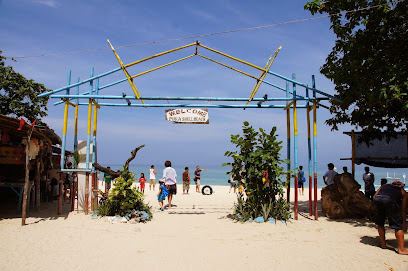
Bulabog Beach
Experience the tranquility and adventure of Bulabog Beach in Malay, a perfect blend of relaxation and thrilling water sports.
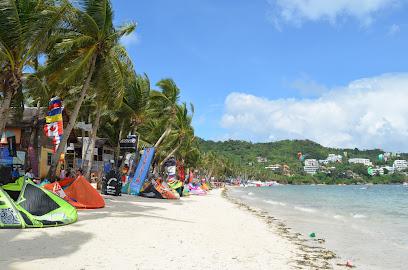
Cujo's Keyhole
Experience the stunning beauty of Cujo's Keyhole, a natural wonder in Malay, Aklan, perfect for adventure seekers and nature lovers alike.
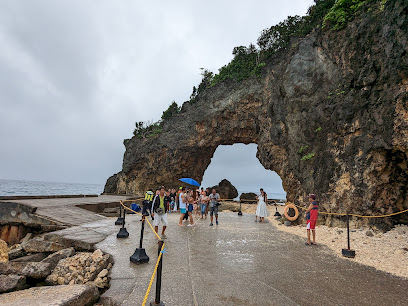
Ilig-Iligan Beach
Experience the untouched beauty of Ilig-Iligan Beach on Boracay Island, where tranquility meets stunning natural landscapes, perfect for a peaceful getaway.
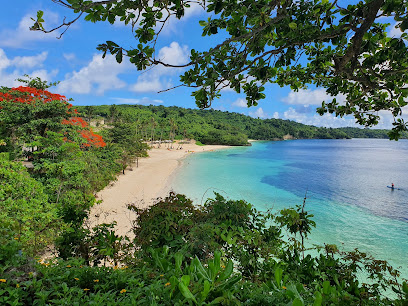
Jawili Falls
Experience the breathtaking beauty of Jawili Falls, a hidden gem in Aklan, Philippines, perfect for adventure and relaxation.
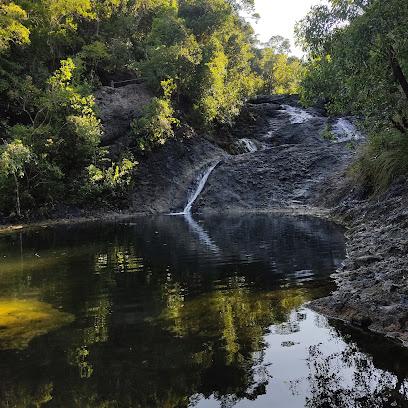
Leaning Coconut Tree
Explore the Leaning Coconut Tree in Malay, Aklan - a unique natural marvel perfect for photos and relaxation amidst tropical beauty.
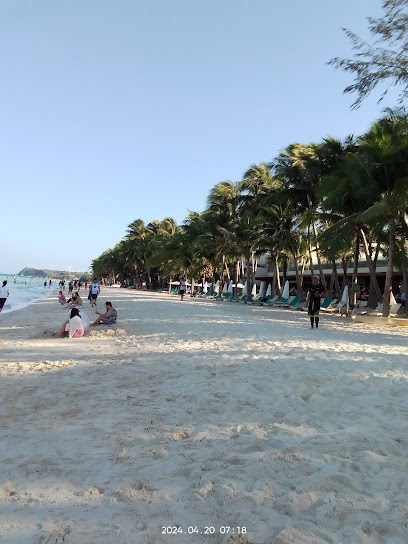
Ariel's Point
Discover Ariel's Point, a tropical paradise in Aklan offering adventure, breathtaking views, and a vibrant atmosphere perfect for relaxation and fun.
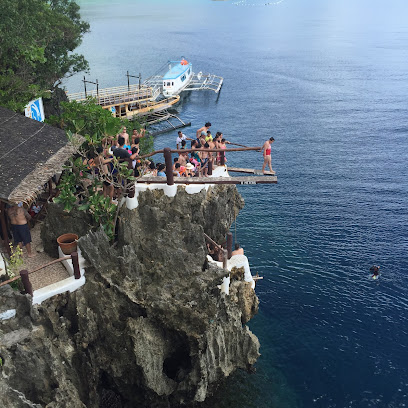
Ilig - Iligan Beach
Iligan Beach in Malay offers a serene escape with golden sands and crystal-clear waters, perfect for relaxation and adventure seekers.
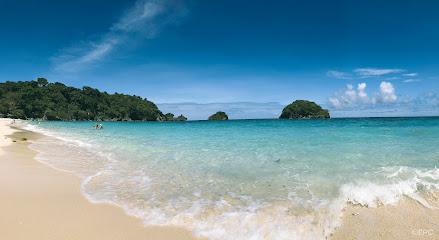
Crystal Cove
Explore Crystal Cove: A serene park in Aklan, Philippines, featuring stunning beaches, lush landscapes, and vibrant marine life.

Nabas Wind Farm
Discover the breathtaking Nabas Wind Farm in Aklan, where towering wind turbines meet stunning natural beauty, promoting sustainable energy and unforgettable views.
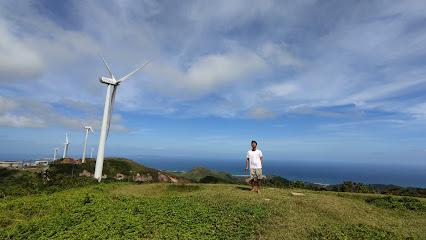
Boracay PubCrawl
Join the vibrant Boracay PubCrawl for an unforgettable night of parties, music, and new friendships on stunning Boracay Island.
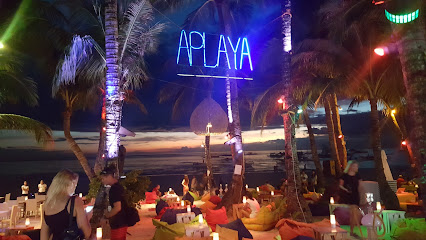
Essential places to dine
Gerry's Grill - Station 2 Boracay
Experience vibrant Filipino flavors at Gerry's Grill in Boracay - where delicious food meets lively entertainment.
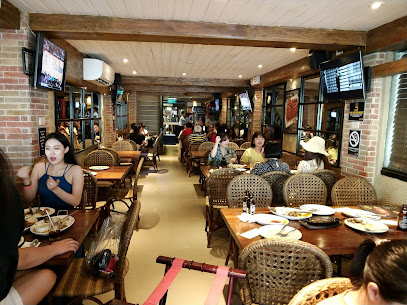
Epic Boracay
Experience beachfront dining at Epic Boracay – where exquisite flavors meet vibrant nightlife on one of the world's most beautiful islands.
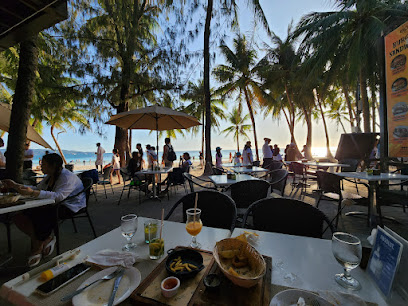
The Sunny Side Cafe
Discover delightful breakfast options at The Sunny Side Cafe in Boracay - where every meal feels like a sunny getaway.
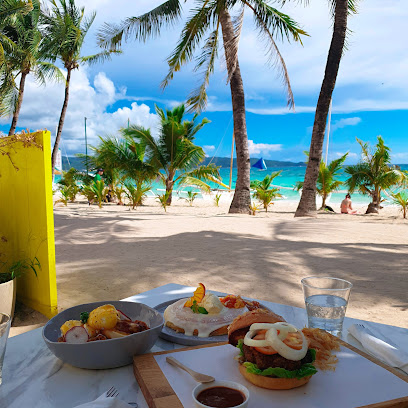
Aria Restaurant
Experience authentic Italian cuisine at Aria Restaurant in Boracay; where delicious food meets stunning beachfront views.
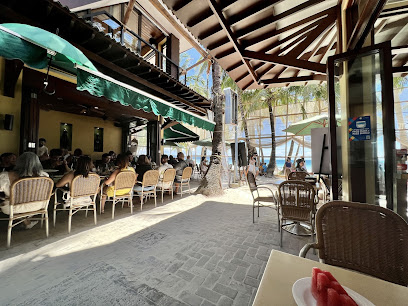
Cafe Maruja
Experience beachfront dining at Cafe Maruja in Boracay—where delicious food meets breathtaking ocean views.
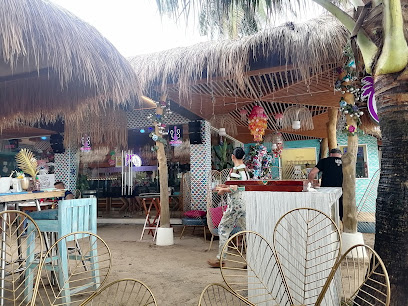
Kasbar Boracay
Savor authentic Moroccan cuisine by the sea at Kasbar Boracay - where every meal is a taste adventure.
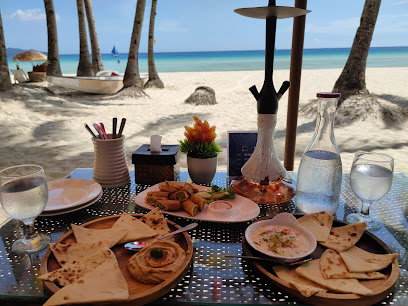
Aplaya the Beach Bar & Italian Food
Experience exquisite Italian cuisine and vibrant nightlife at Aplaya the Beach Bar & Italian Food in beautiful Boracay.
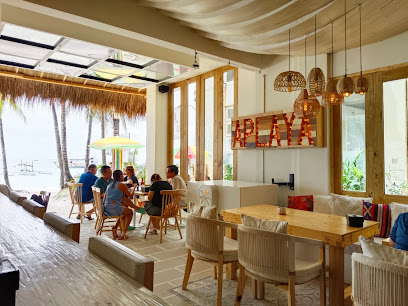
Nonie's Boracay
Experience healthy dining at Nonie's Boracay - where fresh ingredients meet innovative Filipino cuisine in a cozy setting.
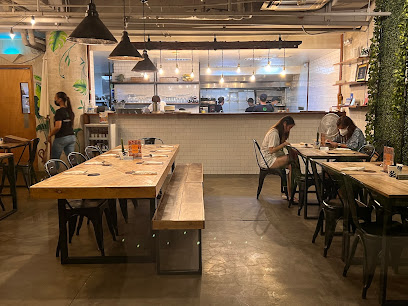
Dos Mestizos Restaurant
Experience authentic Spanish cuisine in the tropical paradise of Boracay at Dos Mestizos Restaurant.
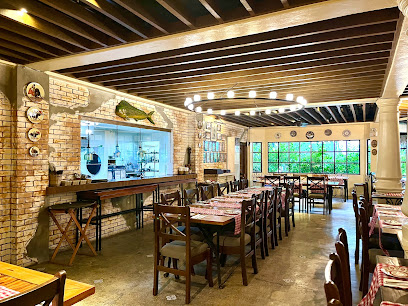
Cha Cha's Beach Cafe
Experience tropical dining at its finest at Cha Cha's Beach Cafe in Malay, Aklan—where every meal comes with stunning ocean views.
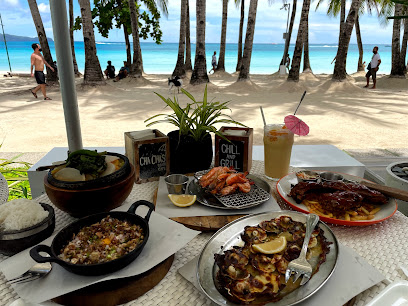
The Pig Out Bistro
Experience the vibrant flavors of Boracay at The Pig Out Bistro - where every dish tells a story.

Wokeria:crab Pasta House
Experience exquisite seafood flavors at Wokeria: Crab Pasta House in D'mall de Boracay – your destination for unforgettable dining.
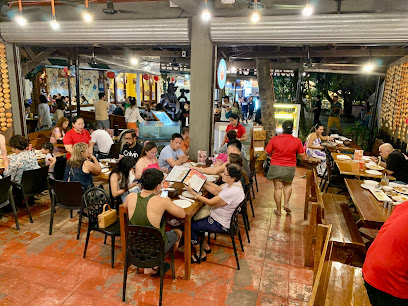
Lemoni Café and Restaurant
Discover culinary delights at Lemoni Café & Restaurant in Boracay – where local flavors meet international flair in a vibrant atmosphere.
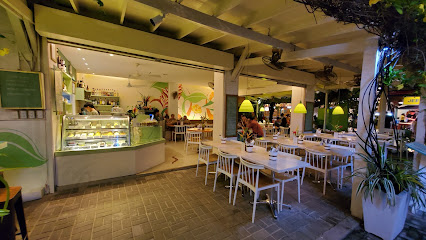
Spicebird
Discover Spicebird: The Go-To Grill Restaurant in Boracay for Unique Peri-Peri Chicken and Refreshing Shakes.
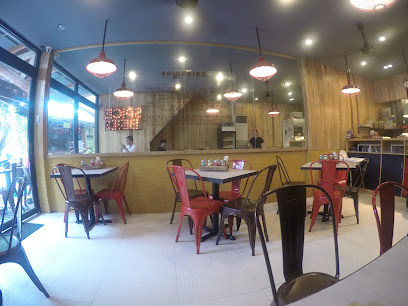
Subo Boracay
Experience authentic Filipino cuisine at Subo Boracay - where tradition meets modern culinary artistry on stunning Boracay Island.
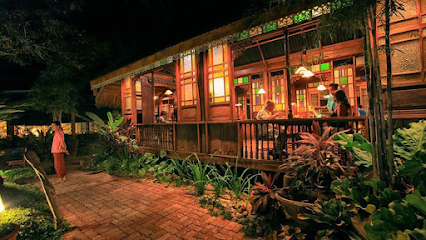
Markets, malls and hidden boutiques
CityMall Boracay
Discover CityMall Boracay: A vibrant shopping mall offering diverse retail, dining, and entertainment experiences on the beautiful island of Boracay.
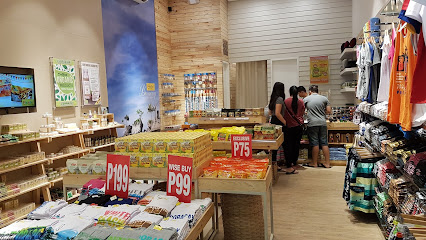
D'Mall Boracay
Discover the vibrant shopping and dining experience at D'Mall Boracay, a must-visit destination on the beautiful island of Boracay.
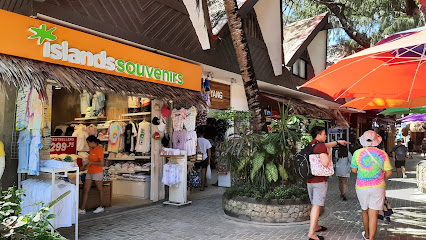
Pick A Pearl Boracay
Explore exquisite pearl jewelry and unique handcrafted treasures at Pick A Pearl Boracay, where island beauty meets fine craftsmanship.
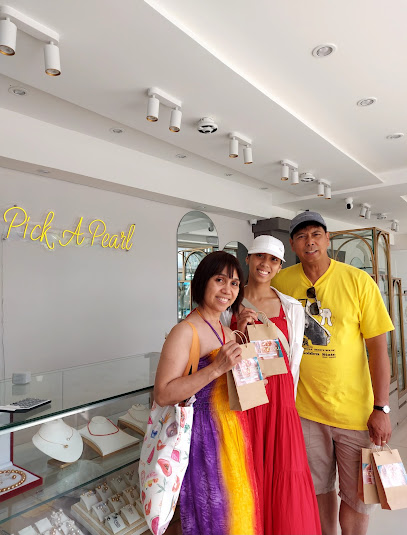
Greencoco
Explore Greencoco, Boracay's delightful gift shop, featuring organic products and unique souvenirs that embody the island's natural beauty.
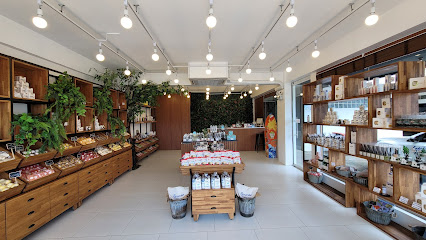
Paulo Collection Body Wear
Explore Paulo Collection Body Wear in Boracay for unique clothing and local souvenirs that embody the island's spirit and style.
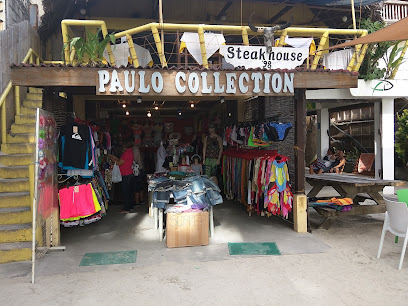
Boracay Bells & Blooms
Explore Boracay Bells & Blooms for unique souvenirs and floral gifts that embody the vibrant spirit of the island, perfect for all travelers.
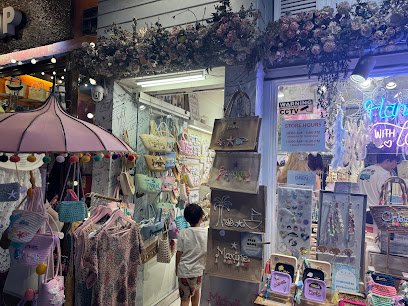
Wanderskye D'Mall Boracay
Discover the ultimate shopping and dining experience at Wanderskye D'Mall Boracay, where island charm meets vibrant retail and culinary delights.
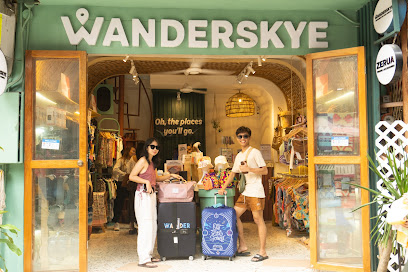
Boracay Gift Baskets
Explore the vibrant Boracay Gift Baskets for unique souvenirs and local crafts that embody the charm of the island paradise.
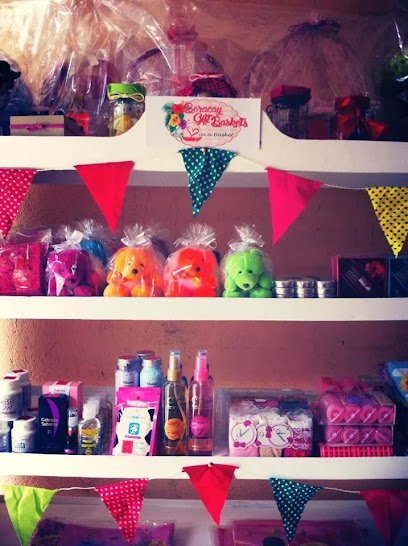
MUGNA Leather Arts Boracay
Explore MUGNA Leather Arts in Boracay for unique, handcrafted leather goods that embody Filipino craftsmanship and culture.

DAMOA GIFT & CAFE 다모아 선물가게
Explore Damoa Gift & Cafe in Boracay for unique souvenirs and local delights, perfect for capturing the essence of your island adventure.
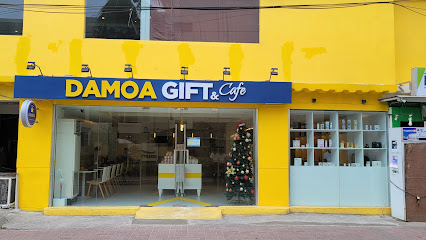
AT IZ Boracay Co. (GIFT MARKET)
Discover unique gifts and local crafts at AT IZ Boracay Co., the premier gift shop in Boracay's vibrant Dmall Market.
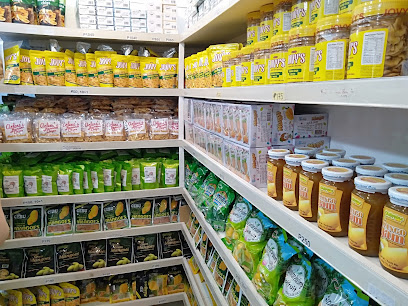
e Mall Boracay
Explore e Mall Boracay, a vibrant shopping destination offering unique local crafts, delicious dining, and an exciting atmosphere for every tourist.
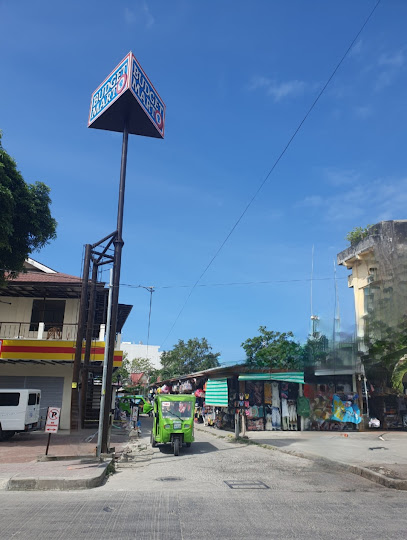
Lampirong Collection
Explore the Lampirong Collection in Boracay for unique handicrafts, souvenirs, and gifts that embody the spirit of the Philippines.
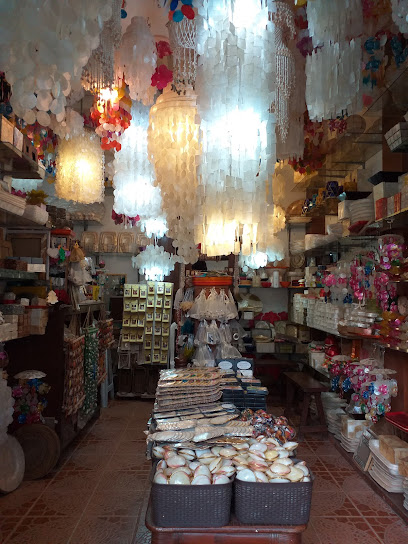
Paraw World Boracay
Discover the essence of Boracay at Paraw World Boracay, your go-to destination for unique souvenirs and local crafts.
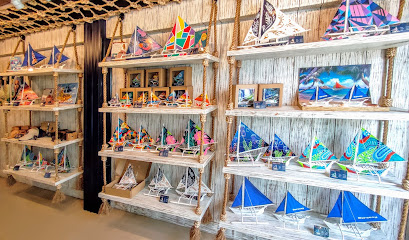
Islands Souvenirs
Discover unique clothing and authentic souvenirs at Islands Souvenirs in Malay, Aklan - your perfect stop for island-inspired treasures.
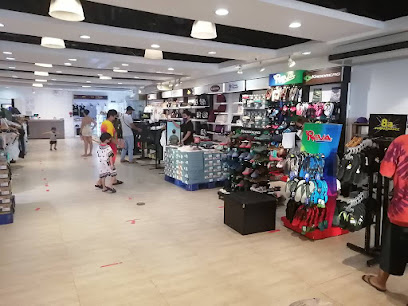
Essential bars & hidden hideouts
OM Boracay
Discover the ultimate beach bar experience at OM Boracay, where vibrant nightlife meets stunning ocean views and refreshing cocktails.
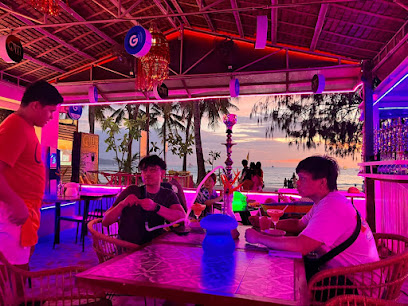
Smooth Cafe & Lounge Boracay @Ariel's House
Discover the vibrant culinary scene at Smooth Cafe & Lounge Boracay, where stunning views and delicious flavors unite in a tropical paradise.
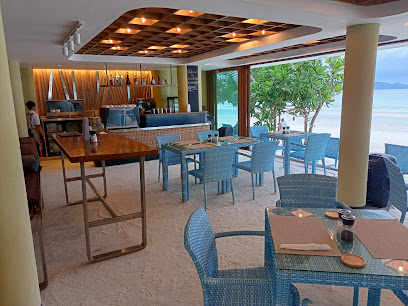
Epic Boracay
Epic Boracay: Your beachfront bar and restaurant destination for vibrant dining and nightlife on the stunning shores of Boracay Island.
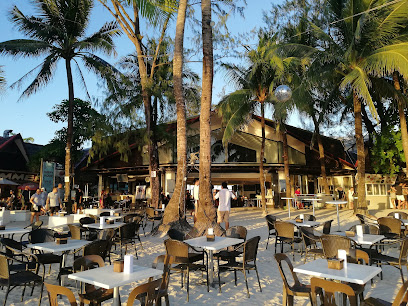
Aplaya the Beach Bar & Italian Food
Experience the best of Italian cuisine with stunning beach views at Aplaya the Beach Bar & Italian Food in Boracay.
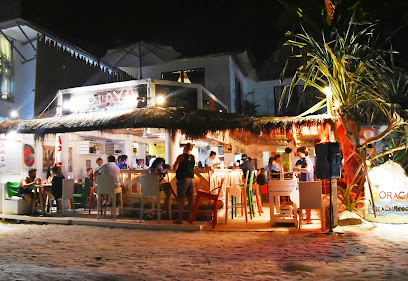
Summer Place
Experience the vibrant nightlife and exquisite dining at Summer Place in Boracay, where local flavors meet a lively atmosphere.
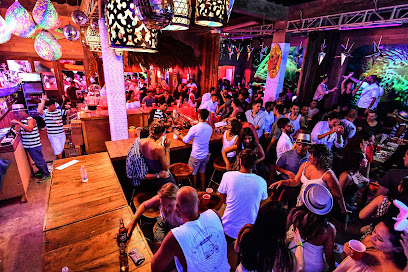
The Hobbit Tavern
Experience the enchanting flavors of The Hobbit Tavern in Boracay, where delicious food meets whimsical atmosphere inspired by beloved tales.
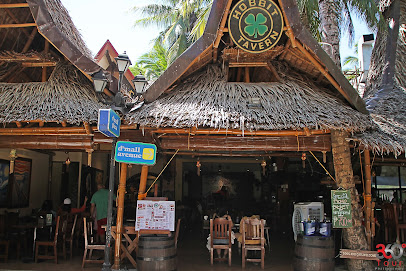
Paraw Beach Club
Experience the vibrant atmosphere and breathtaking views at Paraw Beach Club, the perfect spot for cocktails and relaxation in Boracay.
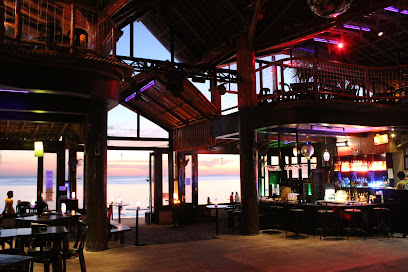
Exit Bar
Discover the lively atmosphere and affordable drinks at Exit Bar, your perfect spot for nightlife in Boracay.
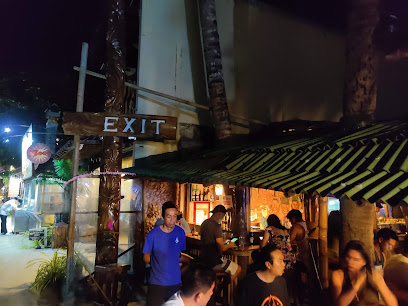
Dinibeach Bar and Restaurant
Experience the best of Boracay Island dining at Dinibeach Bar and Restaurant with stunning views and delicious local cuisine.
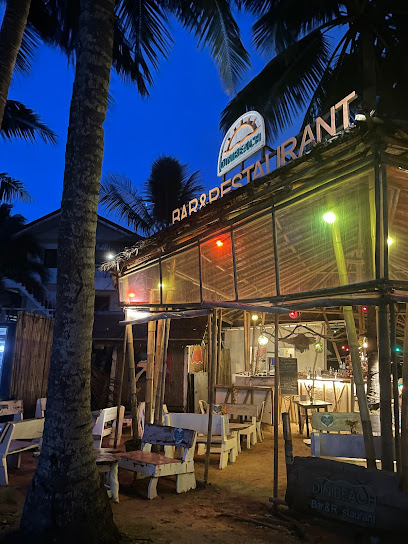
Wave Bar & Lounge at Henann Regency Resort & Spa
Experience the vibrant nightlife of Boracay at Wave Bar & Lounge, where exquisite cocktails and stunning views create unforgettable moments.
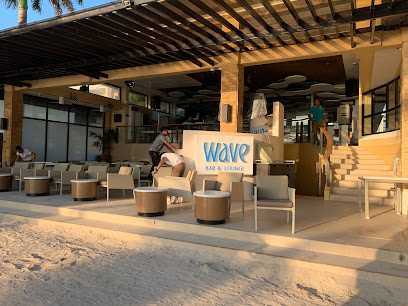
Beach Hut Bar Boracay
Experience the vibrant Beach Hut Bar Boracay, where tropical drinks and stunning ocean views come together for the perfect beach getaway.
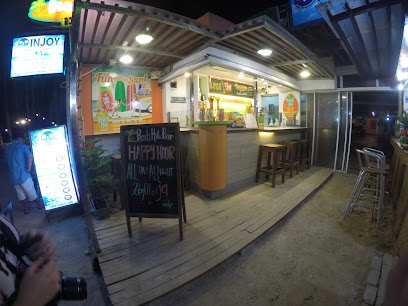
Sip Happens Wine Bar and Brewery
Explore Sip Happens Wine Bar and Brewery in Boracay for an unforgettable experience of wines and craft beers, perfect for relaxation after a day of adventure.
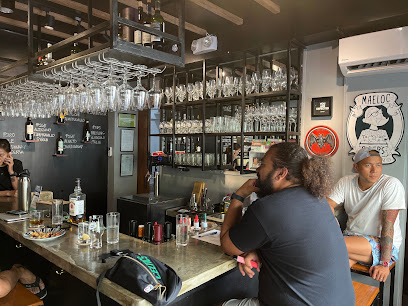
Hello, Sailor
Discover Hello, Sailor - Boracay's ultimate beachfront bar for vibrant cocktails, stunning views, and a lively atmosphere that captures island life.
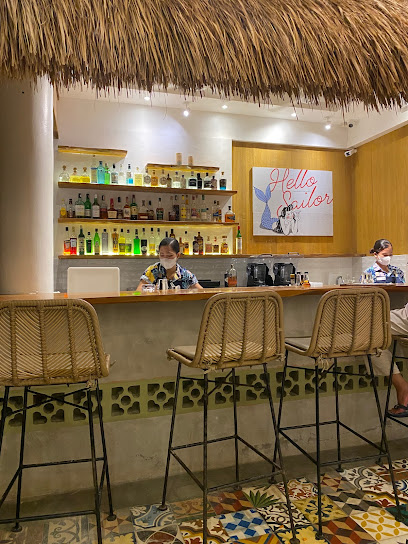
Surf Beach Bar Boracay
Discover the vibrant Surf Beach Bar in Boracay, where stunning ocean views, refreshing drinks, and a lively atmosphere await every traveler.
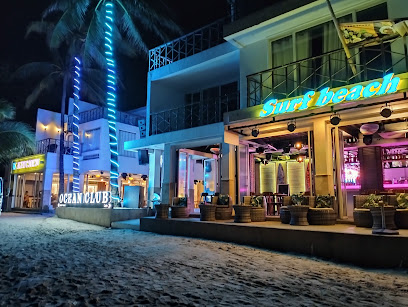
Mai Tai Beach Bar
Experience the ultimate tropical escape at Mai Tai Beach Bar on Boracay's famous White Beach, where cocktails and sunsets meet.
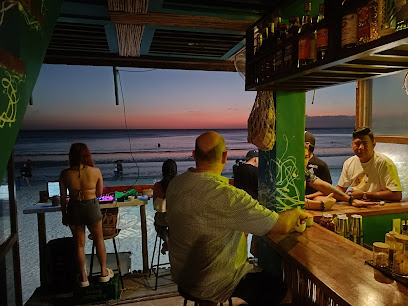
Local Phrases
-
- HelloKumusta
[koo-moo-stah] - GoodbyePaalam
[pah-ah-lahm] - YesOo
[oh-oh] - NoHindi
[hin-dee] - Please/You're welcomePakiusap
[pah-kee-oo-sahp] - Thank youSalamat
[sah-lah-mat] - Excuse me/SorryPaumanhin
[pah-oo-mahn-heen] - How are you?Kamusta ka?
[kah-moo-stah kah] - Fine. And you?Mabuti. Ikaw?
[mah-boo-tee ee-kahw] - Do you speak English?Marunong ka ng Ingles?
[mah-roo-nohng kah ng een-glehs] - I don't understandHindi ko maintindihan
[hin-dee koh mah-een-teen-dee-hahn]
- HelloKumusta
-
- I'd like to see the menu, pleaseGusto ko makita ang menu, pakiusap
[goo-stoh koh mah-kee-tah ahng meh-noo pah-kee-oo-sahp] - I don't eat meatHindi ako kumakain ng karne
[hin-dee ah-koh koo-mah-kah-een ng kahr-neh] - Cheers!Tagay!
[tah-gahy] - I would like to pay, pleaseGusto ko magbayad, pakiusap
[goo-stoh koh mahg-bah-yahd pah-kee-oo-sahp]
- I'd like to see the menu, pleaseGusto ko makita ang menu, pakiusap
-
- Help!Tulong!
[too-lohng] - Go away!Lumayo ka!
[loo-mah-yoh kah] - Call the Police!Tumawag ng Pulis!
[too-mah-wahg ng poo-lees] - Call a doctor!Tumawag ng doktor!
[too-mah-wahg ng dohk-tohr] - I'm lostNawawala ako
[nah-wah-wah-lah ah-koh] - I'm illMay sakit ako
[mahy sah-keet ah-koh]
- Help!Tulong!
-
- I'd like to buy...Gusto ko bumili ng...
[goo-stoh koh boo-mee-lee ng] - I'm just lookingNagmamasid lang ako
[nahg-mah-mah-seed lahng ah-koh] - How much is it?Magkano ito?
[mahg-kah-noh ee-toh] - That's too expensiveMasyadong mahal yan
[mahs-yah-dohng mah-hahl yahn] - Can you lower the price?Pwede mo bang ibaba ang presyo?
[pweh-deh moh bahng ee-bah-bah ahng preh-syoh]
- I'd like to buy...Gusto ko bumili ng...
-
- What time is it?Anong oras na?
[ah-nohng oh-rahs nah] - It's one o'clockAlas-una na
[ah-lahs-oo-nah nah] - Half past (10)Alas-diyes y medya
[ah-lahs-dee-yes ee meh-dyah] - MorningUmaga
[oo-mah-gah] - AfternoonHapon
[hah-pohn] - EveningGabi
[gah-bee] - YesterdayKahapon
[kah-hah-pohn] - TodayNgayon
[ngah-yohn] - TomorrowBukas
[boo-kahs] - 1Isa
[ee-sah] - 2Dalawa
[dah-lah-wah] - 3Tatlo
[taht-loh] - 4Apat
[ah-paht] - 5Lima
[lee-mah] - 6Anim
[ah-neem] - 7Pito
[pee-toh] - 8Walo
[wah-loh] - 9Siyam
[see-yahm] - 10Sampu
[sahm-poo]
- What time is it?Anong oras na?
-
- Where's a/the...?Saan ang...?
[sah-ahn ahng] - What's the address?Ano ang address?
[ah-noh ahng ah-drehs] - Can you show me (on the map)?Pwede mo ba akong ipakita (sa mapa)?
[pweh-deh moh bah ah-kohng ee-pah-kee-tah sah mah-pah] - When's the next (bus)?Kailan ang susunod na (bus)?
[kah-ee-lahn ahng soo-soo-nod nah] - A ticket (to ....)Isang ticket (papuntang ....)
[ee-sahng tee-keh (pah-poon-tahng)]
- Where's a/the...?Saan ang...?
History of Boracay
-
Before the arrival of the Spanish in the Philippines, Boracay was already inhabited by the Ati people, an indigenous group known for their distinct dark skin and curly hair. The Ati were subsistence farmers and fishermen who lived in harmony with the island's natural resources.
-
During the Spanish colonization of the Philippines in the 16th century, Boracay remained relatively isolated. The island was part of the encomienda system, where local inhabitants were subjected to tribute and labor for the Spanish Crown. Despite this, Boracay remained less influenced by Spanish culture compared to other parts of the Philippines.
-
Following the Spanish-American War in 1898, the Philippines was ceded to the United States. During the American colonial period, Boracay was still largely undeveloped. It wasn't until the mid-20th century that Boracay began to be recognized for its tourism potential.
-
After World War II, Boracay started to garner attention for its pristine white beaches. By the 1970s, the island became a popular destination for backpackers and adventurous travelers looking for an unspoiled paradise. The local government began to promote Boracay as a tourist destination, leading to increased infrastructure development.
-
The 1980s and 1990s marked a significant boom in tourism for Boracay. The island saw an influx of both local and international tourists, which led to rapid development of resorts, hotels, and other tourist amenities. This period also saw the rise of Boracay as a premier destination for water sports such as windsurfing and kiteboarding.
-
The rapid development and influx of tourists brought environmental challenges to Boracay. Issues such as waste management, water pollution, and overdevelopment began to threaten the island's natural beauty. In response, local and national governments implemented various measures to address these problems, including stricter environmental regulations.
-
In 2018, the Philippine government ordered the closure of Boracay for six months to undertake an extensive rehabilitation program. The closure aimed to address environmental concerns and restore the island's ecosystems. During this period, significant efforts were made to improve waste management, upgrade sewage systems, and regulate businesses operating on the island.
-
Following its rehabilitation, Boracay has reopened with a renewed focus on sustainable tourism. The island now implements stricter regulations to preserve its natural resources, ensuring that future generations can continue to enjoy its stunning beaches and vibrant culture. Today, Boracay remains one of the Philippines' most beloved tourist destinations, celebrated for its commitment to environmental sustainability.
Boracay Essentials
-
Boracay is accessible via two main airports: Kalibo International Airport (KLO) and Godofredo P. Ramos Airport (MPH), also known as Caticlan Airport. From Kalibo, you can take a bus or van to Caticlan Jetty Port, which takes about 1.5 to 2 hours. From Caticlan Airport, it is a short tricycle ride to the Jetty Port. From the Jetty Port, a 10-20 minute boat ride will take you to Boracay Island.
-
On Boracay Island, the primary modes of transportation are tricycles and e-trikes. Tricycles are the most common and are relatively inexpensive. E-trikes are environmentally friendly options that are becoming more popular. For short distances, walking is often the best way to explore the island. Bicycle and motorbike rentals are also available for those who prefer more independence.
-
The official currency in the Philippines is the Philippine Peso (PHP). Credit cards are accepted in most hotels, restaurants, and larger shops. However, it is advisable to carry cash for smaller establishments and local markets. ATMs are available on the island, but it is wise to withdraw sufficient cash before arrival, especially during peak tourist seasons.
-
Boracay is generally a safe destination for tourists. However, it is advisable to take standard precautions. Avoid walking alone at night in unlit areas and keep an eye on your belongings in crowded places. The main tourist areas like White Beach are well-patrolled, but be cautious in less populated areas like the back alleys of Station 3.
-
In case of emergency, dial 911 for immediate assistance. The nearest hospital is the Ciriaco S. Tirol Hospital located on the island. For minor health issues, there are several clinics and pharmacies available. It is recommended to have travel insurance that covers medical emergencies. Lifeguards are stationed along White Beach, and there are police outposts in key locations.
-
Fashion: Do dress casually and comfortably, but avoid overly revealing clothing in public areas. Swimwear should be worn only on the beach. Religion: Do respect local customs and traditions. If visiting a church, dress modestly and remove hats. Public Transport: Do negotiate the fare before getting into a tricycle. Don't argue with drivers over small amounts of money. Greetings: Do greet locals with a smile or a simple 'hello.' A slight bow of the head is also a sign of respect. Eating & Drinking: Do try local delicacies and accept food offerings graciously. Don't refuse hospitality, as it is considered impolite.
-
To experience Boracay like a local, visit the Talipapa Market where you can buy fresh seafood and have it cooked at nearby eateries. Engage with locals, who are often friendly and willing to share stories about the island's history and culture. Don't miss the sunset at White Beach, which is a daily spectacle. For a unique experience, try kite surfing at Bulabog Beach or explore the quieter Puka Shell Beach.
Trending Landmark in Boracay
Nearby Cities to Boracay
-
Things To Do in Legazpi
-
Things To Do in Tagaytay
-
Things To Do in Cebu City
-
Things To Do in Manila
-
Things To Do in Bohol
-
Things To Do in Subic
-
Things To Do in Angeles City
-
Things To Do in Puerto Princesa
-
Things To Do in Camiguin
-
Things To Do in Palawan
-
Things To Do in Cagayan de Oro
-
Things To Do in Siargao
-
Things To Do in Baguio
-
Things To Do in Zamboanga City
-
Things To Do in Sagada








